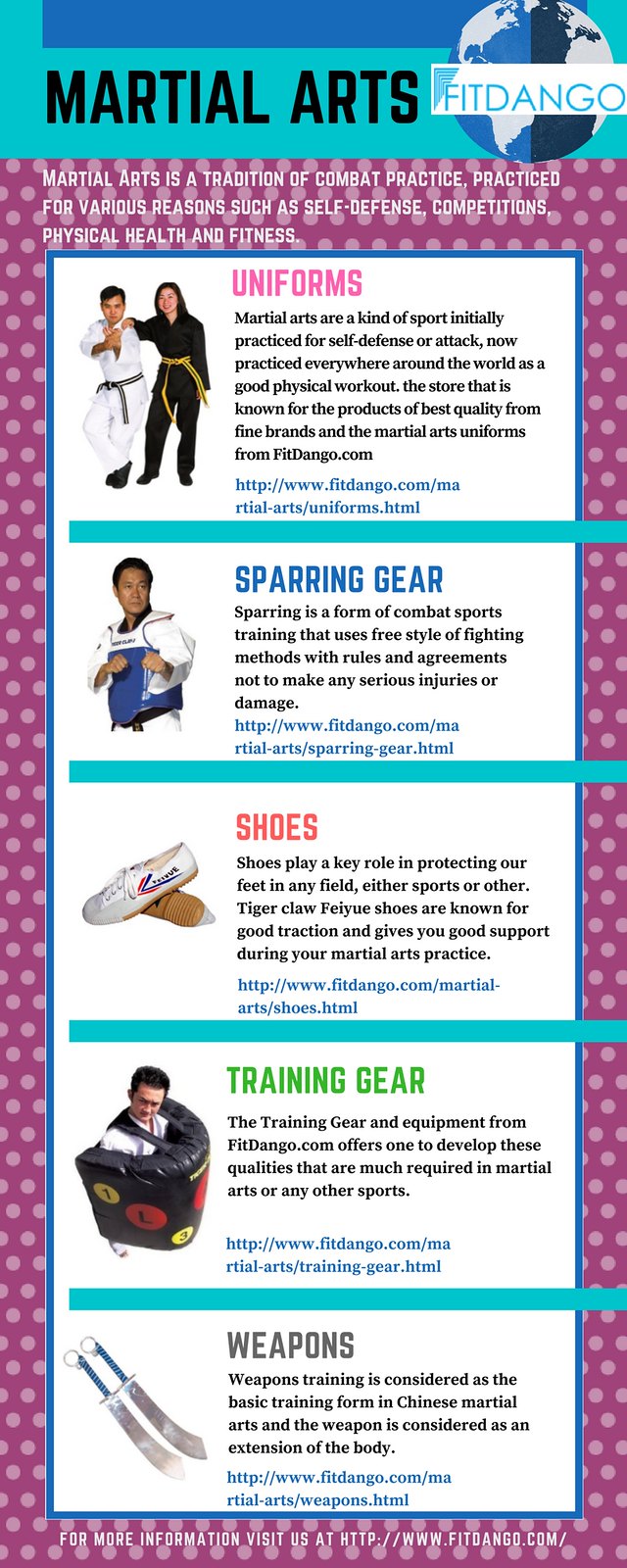The Growth And Historic Context Of Martial Arts Worldwide
The Growth And Historic Context Of Martial Arts Worldwide
Blog Article
Material Author-Chu Fallon
Martial arts have a fascinating background that covers centuries and continents. You may discover it appealing just how ancient techniques like Shuai Jiao and Kalaripayattu prepared for modern fight strategies. These techniques not only highlight physical abilities yet also reflect the cultures that birthed them. As you discover their development, take into consideration exactly how globalization has actually changed these conventional kinds into hybrid styles. What influences do you assume have formed today's martial arts landscape?
Ancient Martial arts: The Foundations of Battle
As you look into the globe of ancient martial arts, you'll uncover the abundant structures that formed combat strategies across cultures. Early techniques focused on Self-Defense and survival, typically including strikes, grappling, and weaponry.
In old China, for instance, techniques like Shuai Jiao stressed throws and joint locks, while India's Kalaripayattu showcased dexterity and liquid movement. Japanese samurai developed Kenjutsu, a polished swordsmanship that highlighted self-control and method.
These martial arts served not just for fight however additionally as a way of personal advancement, instilling worths like regard and willpower. simply click the next web page mixing of these techniques over time prepared for the varied martial arts you see today, each reflecting the one-of-a-kind viewpoints and needs of its culture.
The Social Impact on Martial Arts Growth
While martial arts frequently reflect the practical demands of a culture, they also personify the cultural values and beliefs of their beginnings. When you discover different martial arts, you'll observe just how they're affected by religion, viewpoint, and social norms.
For instance, the emphasis on regard and technique in Japanese martial arts originates from Zen Buddhism and samurai society. In contrast, Brazilian Jiu-Jitsu advertises versatility and method, shaped by the need for performance in a varied, modern setting.
You may find that the routines, uniforms, and training methods reflect a community's background and identification. By comprehending these cultural impacts, you grow your appreciation of martial arts and their duty in shaping human experiences across the globe.
Modern Adaptations and the Globalization of Martial arts
Martial arts have transformed dramatically in recent years, adapting to modern culture and international impacts. You'll discover that traditional types have combined with modern strategies, developing hybrid styles like mixed martial arts. japanese martial art crossword cater to varied target markets, making martial arts obtainable and enticing worldwide.
With the surge of social networks and electronic platforms, you can locate tutorials and competitions from all edges of the world, breaking geographical obstacles. This globalization has actually caused a common gratitude for different self-controls, from Brazilian Jiu-Jitsu to Taekwondo.
As you engage with these arts, you'll realize they're not almost fight; they promote health and fitness, self-control, and psychological well-being.
Inevitably, modern-day adjustments have actually enriched the martial arts landscape, making it a vibrant and evolving technique.
Verdict
In exploring the history and evolution of martial arts, you discover a remarkable blend of methods, societies, and viewpoints. From old techniques like Shuai Jiao and Kalaripayattu to the contemporary flexibility seen in MMA, martial arts show mankind's mission for Self-Defense and individual growth. As when was martial arts invented involve with these methods, you not just acquire abilities yet also a much deeper appreciation for the varied practices that form our world today. So, proceed your trip and welcome the art of fight!
